ORNL is home to a unique array of tools and resources that enable researchers to advance discovery and technology in fusion and fission.
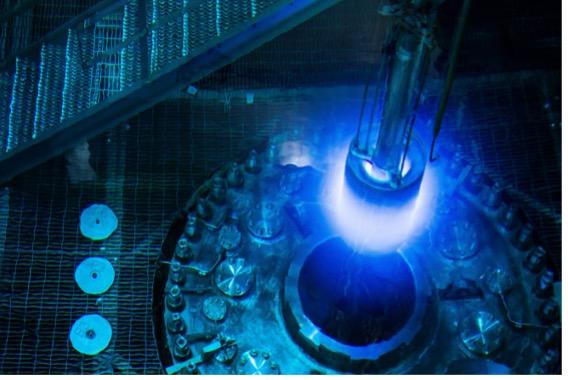
High Flux Isotope Reactor
Operating at 85 MW, ORNL’s High Flux Isotope Reactor (HFIR) is the highest flux reactor-based source of neutrons for research in the United States, providing one of the highest steady-state neutron fluxes of any research reactor in the world. The HFIR complex includes a gamma irradiation facility that uses spent fuel assemblies and can provide high gamma doses for studies of the effects of radiation on materials.
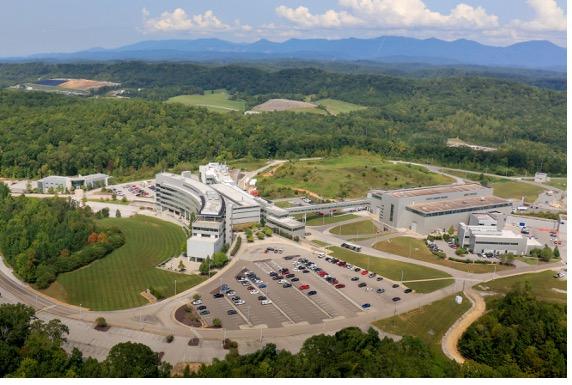
Spallation Neutron Source
Neutron scattering is an essential technology for advancing materials research because it provides information that cannot be obtained with any other research method. This is because neutrons are magnetically sensitive, nondestructive, and sensitive to lighter elements such as hydrogen. ORNL’s Spallation Neutron Source (SNS) supports this research by providing the most intense, pulsed-accelerator–based neutron beams in the world to one target station. ORNL’s addition of a second target station will further advance this area of research by providing a source of pulsed cold neutrons for research into complex materials, complementing the first target station that is a source of pulsed thermal (ambient temperature) neutrons.
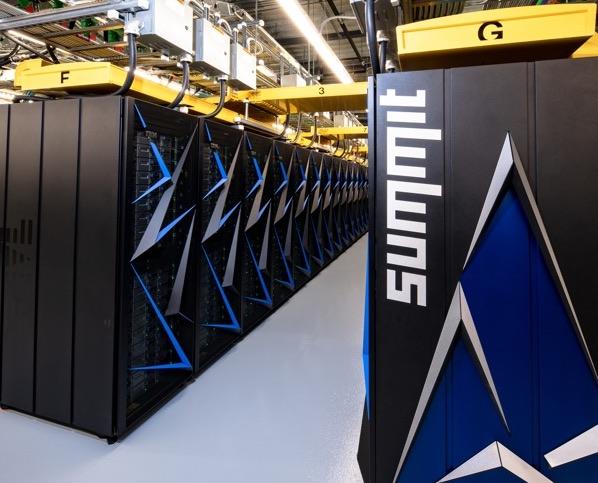
High Performance Computing
ORNL’s is home to some of the world’s most powerful computing resources. At its theoretical peak, ORNL’s Summit supercomputer is capable of 200 petaflops, eight times more performance than the Laboratory’s previously top-ranked system. Summit is part of the Oak Ridge Leadership Computing Facility (OLCF), a user facility of the US Department of Energy’s Office of Science. The OLCF provides large-scale nuclear engineering analysis, with many of the nuclear engineering simulations accomplished using ORNL-designed applications such as Shift, Denovo, and VERA. The Exascale Computing Project located at ORNL supports application development projects for use on the proposed Frontier exascale platform that will debut in 2023. The nuclear energy application for modeling and simulation of small modular reactors, ExaSMR, is focused on developing a virtual test reactor for advanced designs via experimental-quality simulations of reactor behavior with the aim of design and commercialization of SMRs.

Artificial Intelligence Initiative
In recognition of AI’s potential, ORNL has made a significant internal research investment toward an AI Initiative aimed at assisting researchers across domains in accelerating their times to solution and equipping cross-cutting research teams with novel data capabilities to tackle some of most complex scientific and national security challenges.

Data Science
ORNL also conduct innovative basic and applied computer science research on challenges of national interest. The main research area is analysis of very large sets of data, with a research focus is in the areas of large-scale data analytics and architectures, which includes work machine learning, deep learning, text analytics, graph analytics, visual analytics, and biomedical analytics. ORNL uses a wide variety of platforms including high performance computer, quantum computers, neuromorphic computers, and all forms of cluster and cloud-based computers.
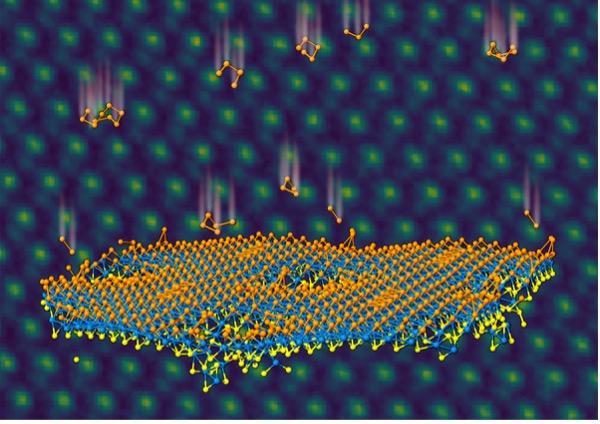
Materials Science
ORNL is home to the nation’s most comprehensive materials research program and is a world leader in research that supports the development of advanced materials for energy generation, storage, and use. ORNL has core strengths in three main areas: materials synthesis, characterization, and theory. ORNL is also home to the largest fusion materials program in the United States.
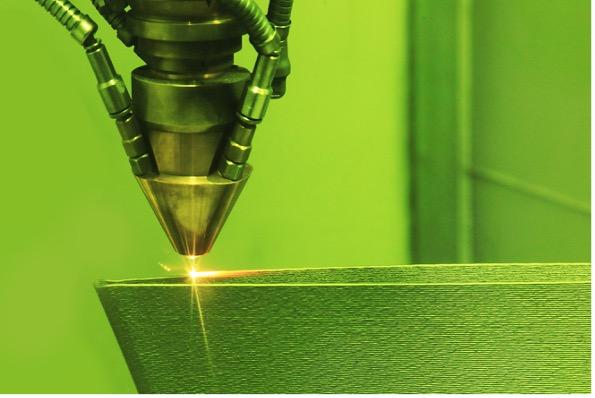
Additive Manufacturing
ORNL draws on its capabilities in materials, neutrons, and computational science to develop innovative manufacturing technologies at its Manufacturing Demonstration Facility for a wide range of applications, including the nuclear industry.

